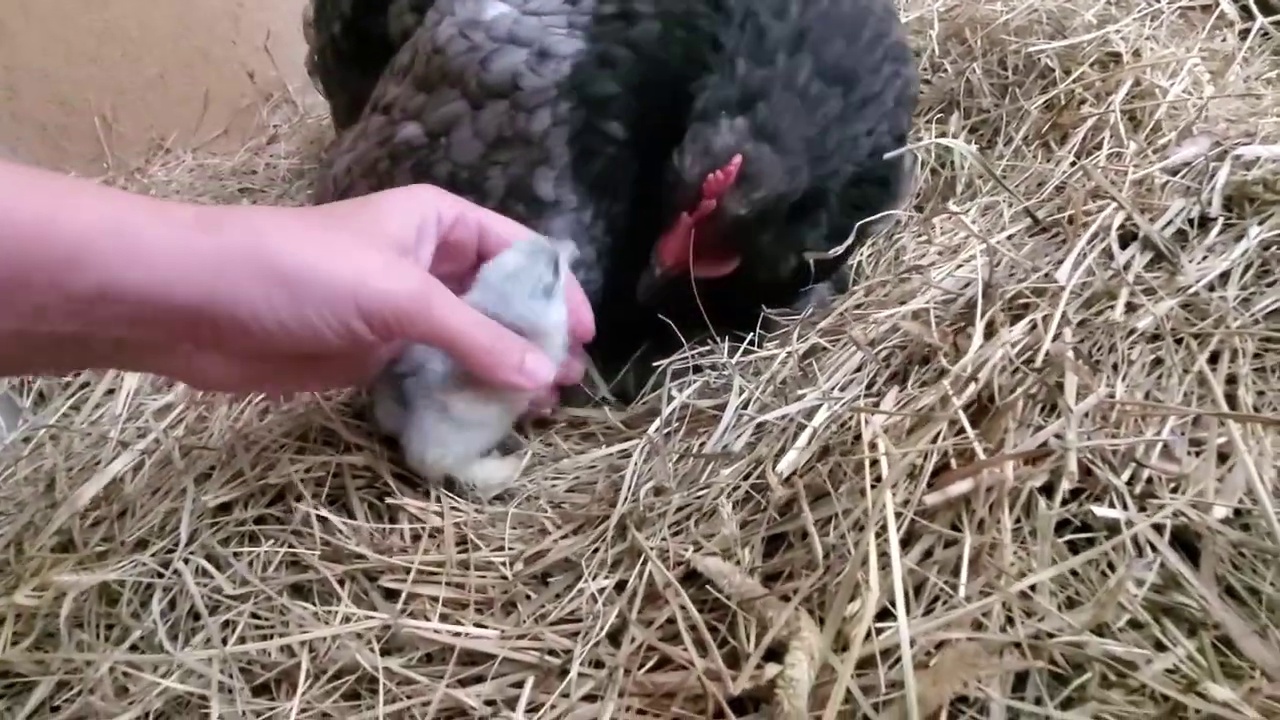Welcome to the delightful world of Cochin Chicks, where fluffy feathers and charming personalities make these chickens a favorite among poultry enthusiasts. In this insider’s guide, we’ll take you on a journey through the fascinating characteristics and care tips for these fabulous fowl.
With their large size, lush plumage, and distinctive feathered legs, Cochin Chicks bring a touch of elegance to any flock. Whether you’re a beginner or an experienced chicken keeper, understanding their unique qualities is essential to providing the best care for these lovable birds.
Known for their docile and friendly nature, Cochin Chicks make excellent companions and are often a popular choice for families with children. They enjoy human interaction and are known to be gentle and patient. Furthermore, their striking appearance with a variety of colors and patterns adds visual appeal to any backyard or farm.
In this comprehensive guide, we’ll cover everything you need to know about raising Cochin Chicks, including their preferred housing, dietary needs, and health considerations. We’ll also explore the different varieties available, so you can choose the perfect Cochin Chick for your feathered flock.
Get ready to fall in love with these delightful and enchanting birds as we uncover the secrets of the Cochin Chick world. Let’s dive in and discover why they are a favorite among chicken enthusiasts worldwide.
The History and Origins of Cochin Chicks
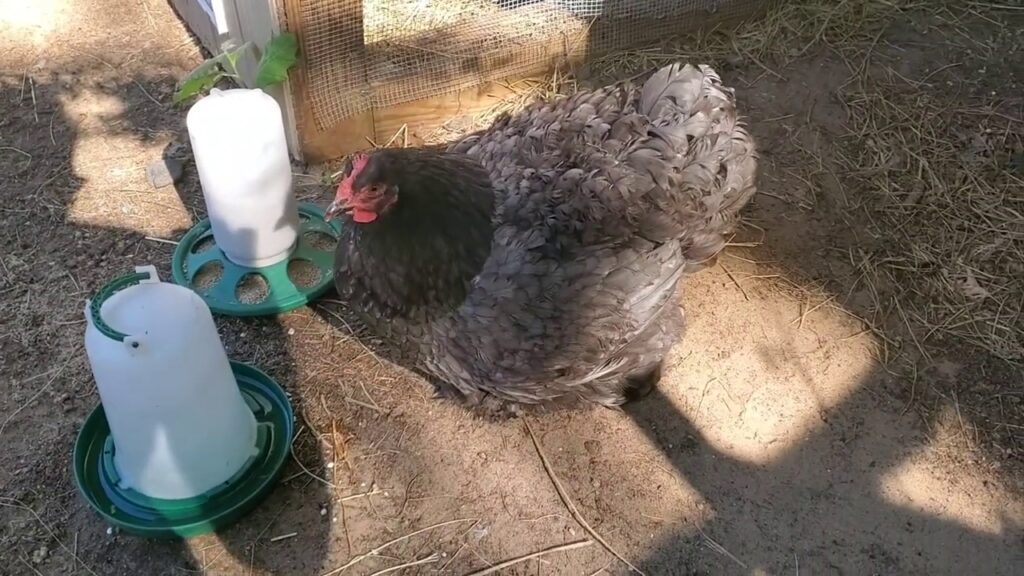
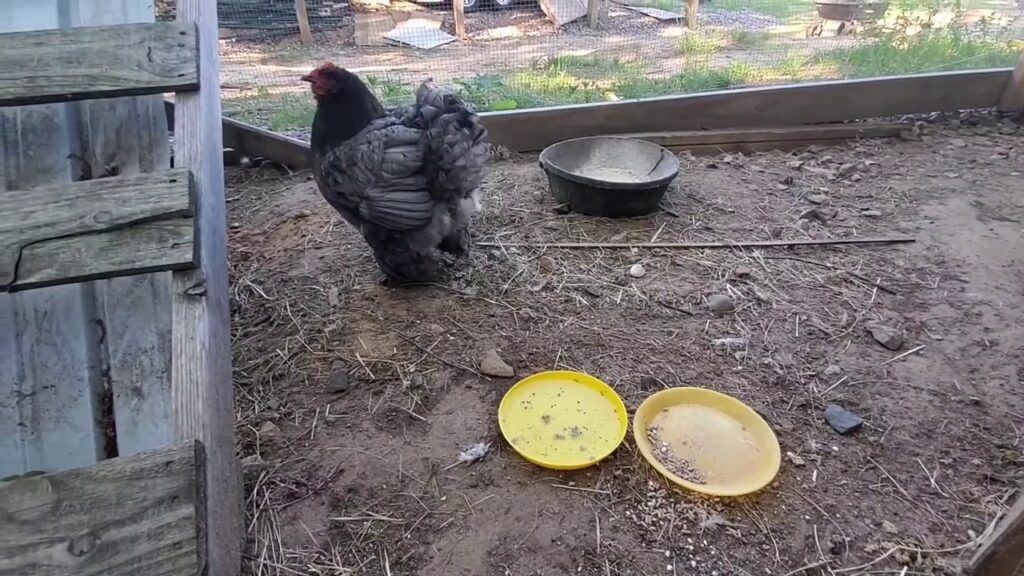
The history of Cochin Chicks can be traced back to the 19th century, where they were first imported to Europe from China. Originally known as “Shanghai” chickens, they quickly gained popularity for their size and stunning appearance. They were eventually renamed “Cochin” after the city of Cochin in India, which was a major trading hub at the time.
Cochin Chicks were introduced to the United States in the mid-1800s and quickly became a sought-after breed. Their popularity soared, and they were even featured in poultry shows and exhibitions. Today, they remain a beloved breed among chicken enthusiasts worldwide.
Cochin Chicks are classified as a large breed, with hens weighing around 8-9 pounds and roosters reaching an impressive 11-12 pounds. Their size, combined with their fluffy plumage and feathered legs, gives them a majestic and regal appearance.
Their feathers come in various colors:
- including black
- white
- buff
- blue
- partridge
- adding to their allure.
Characteristics and Appearance of Cochin Chicks
One of the most distinguishing features of Cochin Chicks is their feathered legs, which are covered in an abundance of soft and fluffy feathers. This unique trait sets them apart from other chicken breeds and adds to their charm. The feathered legs not only provide insulation but also protect them from cold and wet conditions.
Cochin chicks come in various color varieties.
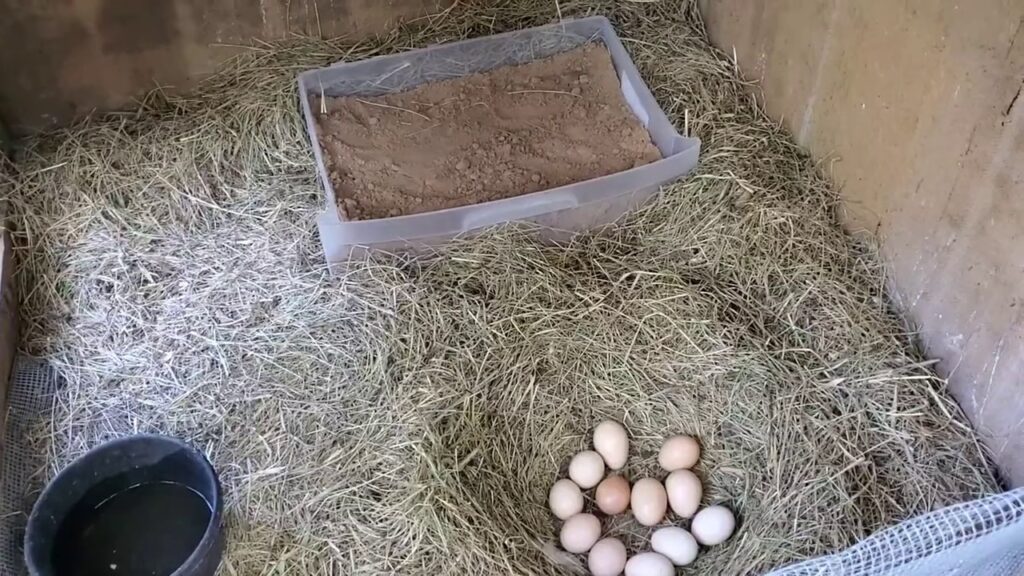
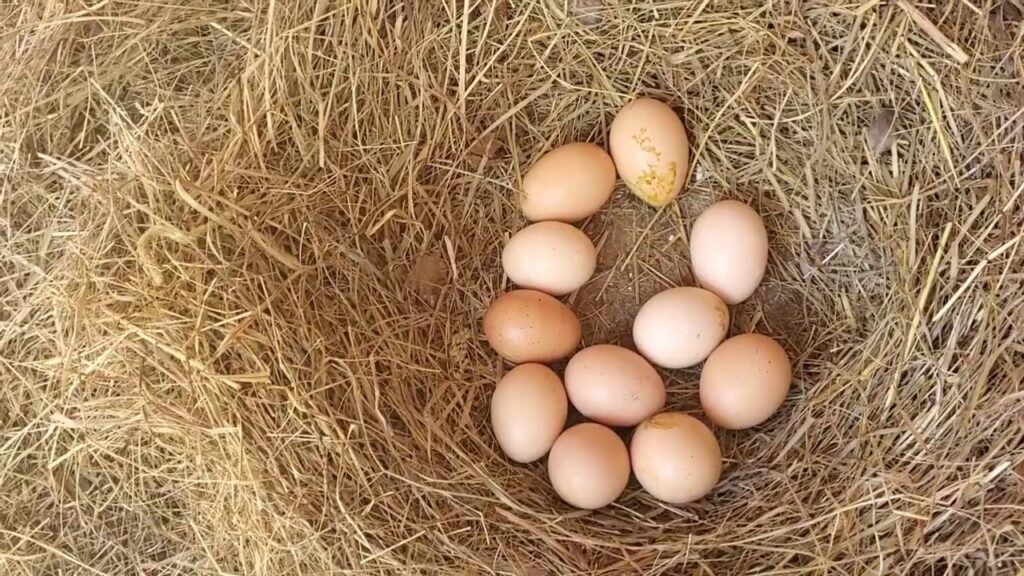
The American Poultry Association (APA) recognizes several standard colors for Cochin chickens. Some of the common color types include:
- Buff Cochin: This is the most widely recognized color variety, featuring a golden-buff plumage.
- Partridge Cochin: This variety displays a mix of reddish-brown, black, and buff feathers, creating a distinct partridge pattern.
- White Cochin: White Cochins have a pure white plumage, creating a striking appearance.
- Black Cochin: This variety is characterized by its solid black plumage.
- Blue Cochin: Blue Cochins have a bluish-gray plumage, creating a soft and elegant look.
- Silver Laced Cochin: This variety features black feathers edged with silver, creating a laced or outlined pattern.
- Golden Laced Cochin: Similar to the Silver Laced, but with golden-buff feathers instead of silver.
- Brown Red Cochin: This variety displays a combination of rich brown and red plumage.
It’s important to note that the availability of these color varieties may vary, and breeders may introduce additional colors over time. Additionally, not all colors may be officially recognized by poultry associations, as breed standards can differ between regions and organizations.
In addition to their feathered legs, Cochin Chicks have a broad body and a deep, full chest. Their rounded shape gives them a cuddly and huggable appearance, making them irresistible to chicken lovers. Their wings are relatively small compared to their body size, which may limit their flying capabilities.
Cochin Chicks have a single comb and wattles, which are small and round. Their eyes are typically reddish-brown, and they have a short beak. Their neck is short but full, and their tail is carried low to the ground. Overall, their appearance is striking and instantly recognizable.
Caring for Cochin Chicks: Housing and Feeding
When it comes to housing Cochin Chicks, it’s important to provide them with a spacious and secure coop. Due to their size, they require more space than smaller chicken breeds. Aim for at least 4 square feet of indoor space per bird, with an additional 10 square feet of outdoor space for them to roam and forage.
Ensure that the coop is well-ventilated and protected from extreme temperatures. Cochin Chicks are sensitive to cold weather, so provide them with a heat source during colder months. Bedding should be provided to keep their feet clean and dry, as their feathered legs are prone to dampness and mud.
In terms of feeding, Cochin Chicks have similar dietary needs to other chicken breeds. A balanced diet consisting of high-quality chicken feed, grains, fruits, vegetables, and fresh water is essential for their health and well-being. Additionally, providing them with access to grit and oyster shell will help with digestion and provide the necessary calcium for strong eggshells.
Health and Wellness Tips for Cochin Chicks
Maintaining the health and wellness of Cochin Chicks is crucial to ensuring their longevity and happiness. Regular health check-ups are recommended, including monitoring their weight, examining their feathers, and checking for any signs of illness or parasites.
Cochin Chicks are generally hardy chickens but can be prone to certain health issues. Their feathered legs require extra care to prevent mites or infections. Regular inspections and cleaning of their leg feathers will help keep them healthy and free from any potential problems.
Another health consideration for Cochin Chicks is their size. Their large bodies can put extra strain on their legs and joints, making them more susceptible to leg problems. Providing them with a spacious and comfortable living environment, as well as a diet rich in nutrients, can help minimize these issues.
Breeding Cochin Chicks: Tips and Considerations
Breeding Cochin Chicks can be a rewarding experience for poultry enthusiasts. However, it’s important to understand the basics of breeding and the considerations involved. Cochin Chicks can be bred naturally or through artificial insemination, depending on your preferences and resources.
When breeding Cochin Chicks, it’s essential to select healthy and genetically diverse birds. This will help maintain the breed’s overall health and prevent any potential genetic issues. It’s also important to provide a suitable nesting area and ensure proper care for the hens during the incubation period.
Cochin Chickens as Pets: Temperament and Behavior
Cochin Chicks are known for their docile and friendly nature, making them excellent pets and companions. They are gentle and patient, making them a popular choice for families with children. Their calm demeanor and tolerance towards handling make them suitable for even the youngest chicken enthusiasts.
Cochin Chicks enjoy human interaction and often seek out attention from their owners. They are curious birds and will happily follow you around the yard, making them entertaining and endearing companions. Their friendly nature also makes them compatible with other chicken breeds and animals.
Common Challenges and Solutions When Raising Cochin Chicks
While Cochin Chicks are generally easy to care for, there are some common challenges that chicken keepers may encounter. One challenge is their size, which can make them more prone to accidental injuries. Providing a safe and spacious environment, free from any potential hazards, is essential to prevent any mishaps.
Another challenge is their feathered legs, which require regular cleaning and maintenance. Cochin Chicks are more prone to mites and infections in their leg feathers, so regular inspections and cleaning are necessary. Ensuring that their living area is kept clean and dry will help minimize any potential leg problems.
Cochin Chickens in the Show Ring: Tips for Showmanship
Cochin Chicks are often showcased in poultry shows and exhibitions due to their stunning appearance. If you’re interested in entering your Cochin Chick in a show, there are a few tips to keep in mind. First, ensure that your bird meets the breed standards in terms of size, color, and feather quality.
Grooming your Cochin Chick for a show involves bathing them to clean their feathers and applying a light dusting of cornstarch to enhance their appearance. Trimming their leg feathers and nails is also recommended to ensure a tidy and well-groomed look. Practice handling and posing your bird to showcase their best features during the show.
Conclusion: The Joy of Raising Cochin Chicks
Raising Cochin Chicks is a delightful and rewarding experience for chicken enthusiasts of all levels. Their striking appearance, gentle nature, and unique characteristics make them a favorite choice among poultry keepers worldwide. By providing them with proper care, a suitable living environment, and lots of love and attention, you can enjoy the companionship of these enchanting birds for years to come.
So, why not add a touch of elegance and charm to your flock with Cochin Chicks? Discover the joy and wonder of these delightful birds, and embark on a journey into the fascinating world of Cochin Chickens. Your feathered friends will thank you, and you’ll never look at chickens the same way again.
Characteristics of White Chocin Chicks: White Chocin chicks are renowned for their striking white plumage, delicate features, and charming personalities. As a poultry keeper, observing their development from hatchlings to fully grown chickens is a rewarding experience.
- Optimal Brooding Conditions: Creating a warm and secure brooding environment is essential for the health and well-being of White Chocin chicks. Provide a well-insulated brooder with a reliable heat source, ensuring they have ample space to move and grow.
- Nutritional Requirements: Crafting a nutritionally balanced diet is key to their development. Choose a high-quality chick starter feed rich in essential nutrients. Supplement their diet with fresh water and occasional treats to promote overall health.
- Health Monitoring: Vigilant health monitoring is a hallmark of expert care. Regularly check for signs of illness, ensure proper vaccinations, and maintain a clean living environment to support their growth and vitality.
- Gentle Handling and Socialization: White Chocin chicks respond well to gentle handling and positive socialization. Spend time interacting with them to build trust and create a bond. This not only enhances their well-being but also contributes to their friendly disposition.
A Feathered Symphony in White: In conclusion, raising White Chocin chicks is a fulfilling endeavor that rewards poultry keepers with not just elegant plumage but also delightful personalities. By adhering to these care practices, you’ll foster a flock of White Chocin chickens that bring joy and charm to your homestead. May your journey with these captivating chicks be filled with moments of awe and the simple pleasures of poultry keeping.
Author Profile

- a passionate poultry enthusiast with a deep love for chickens, has cultivated his affinity for avian companions since a young age.
Latest entries
 ChickensSeptember 14, 2023The Mystique Unveiled: A Guide to Ayam Cemani Chicken Egg
ChickensSeptember 14, 2023The Mystique Unveiled: A Guide to Ayam Cemani Chicken Egg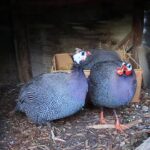 ChickensSeptember 11, 2023Understanding the Characteristics and Care of Guinea Fowl Eggs
ChickensSeptember 11, 2023Understanding the Characteristics and Care of Guinea Fowl Eggs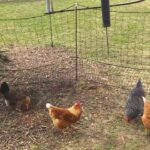 ChickensSeptember 3, 2023Fortify and Secure: A Guide to Fence in Chickens for Safe Flocks
ChickensSeptember 3, 2023Fortify and Secure: A Guide to Fence in Chickens for Safe Flocks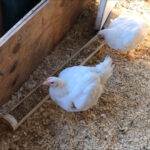 ChickensSeptember 1, 2023Discovering The Cornish Cross Chicken’s Secrets
ChickensSeptember 1, 2023Discovering The Cornish Cross Chicken’s Secrets
